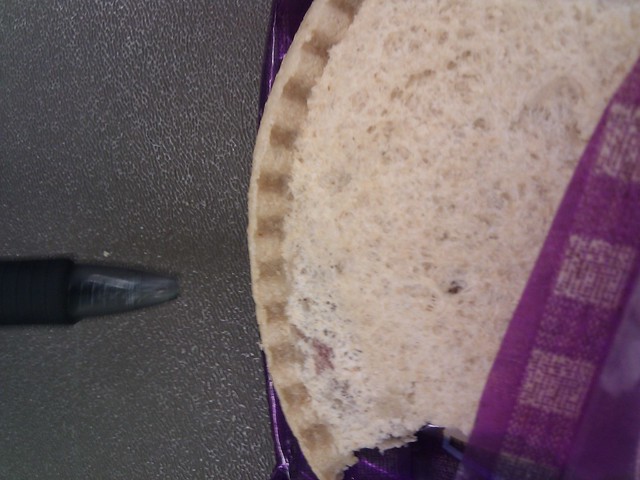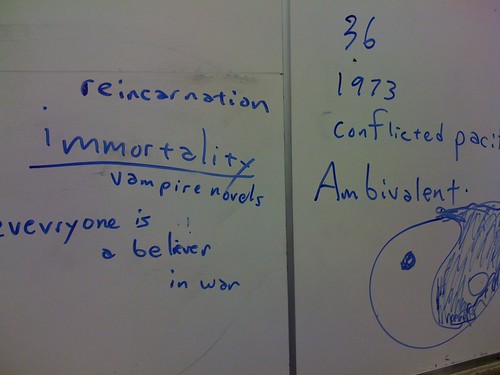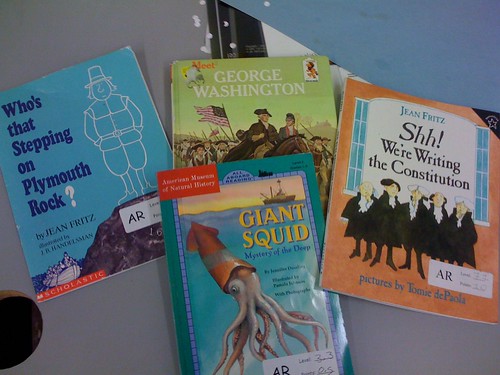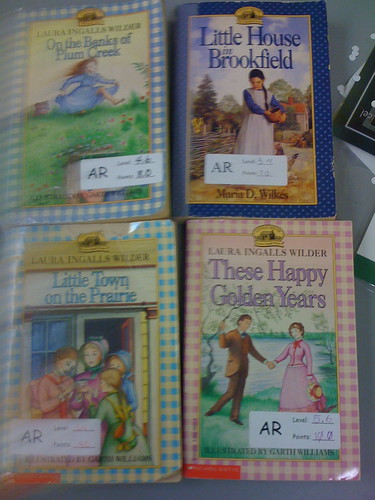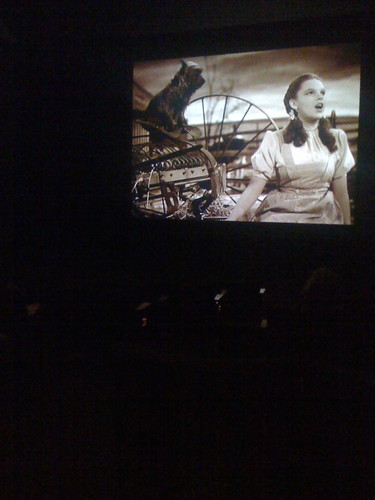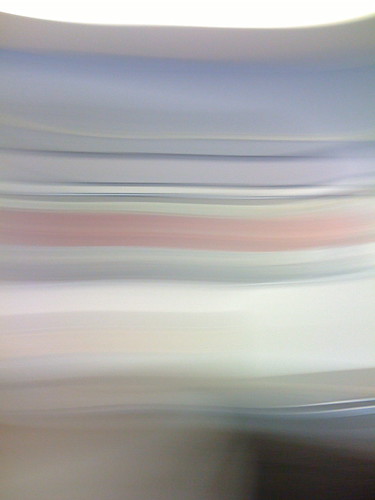
[From the introduction of Stop It: Our Future, A Threat ]:
At the beginning of this quarter, the students in my third period American Literature class decided to engage in a focused inquiry on the history of South Central Los Angeles from a literary lens. One of the texts that our class read was Twilight: Los Angeles, 1992, by Anna Deavere Smith. This documentary theater project was based around a series of interviews with key witnesses and individuals related to the Rodney King Riots. Using Smith’s model of including word-for-word interviews, our class attempted to document the ideas, questions, and frustrations that the Manual Arts community is facing in today’s economic crisis. These monologues interweave various language practices and, though some of the grammar will occasionally confound, reflect the naturally occurring poetry of everyday human speech. This work is offered not as a definitive statement of the effect of the budget cuts in South Central, but as an opportunity to engage in a continuing dialogue with the voices of the present.
You may download a copy of this work here.
Within a week and a half, my third period class identified a topic for inquiry, interviewed, edited, and arranged an entire play in six thematic acts. The title, the individuals interviewed, and the sequencing were all decided democratically within the classroom. The work’s blemishes and typos and occasional faltering in clarity are part of its charm. Students will be introducing and discussing this work to the Manual Arts community on Tuesday at lunch. After finishing the play, students reflected on the varied viewpoints represented and identified next steps for our collective research. This work will be continued when the students return on-track in May.
Tell people this is awesome:
